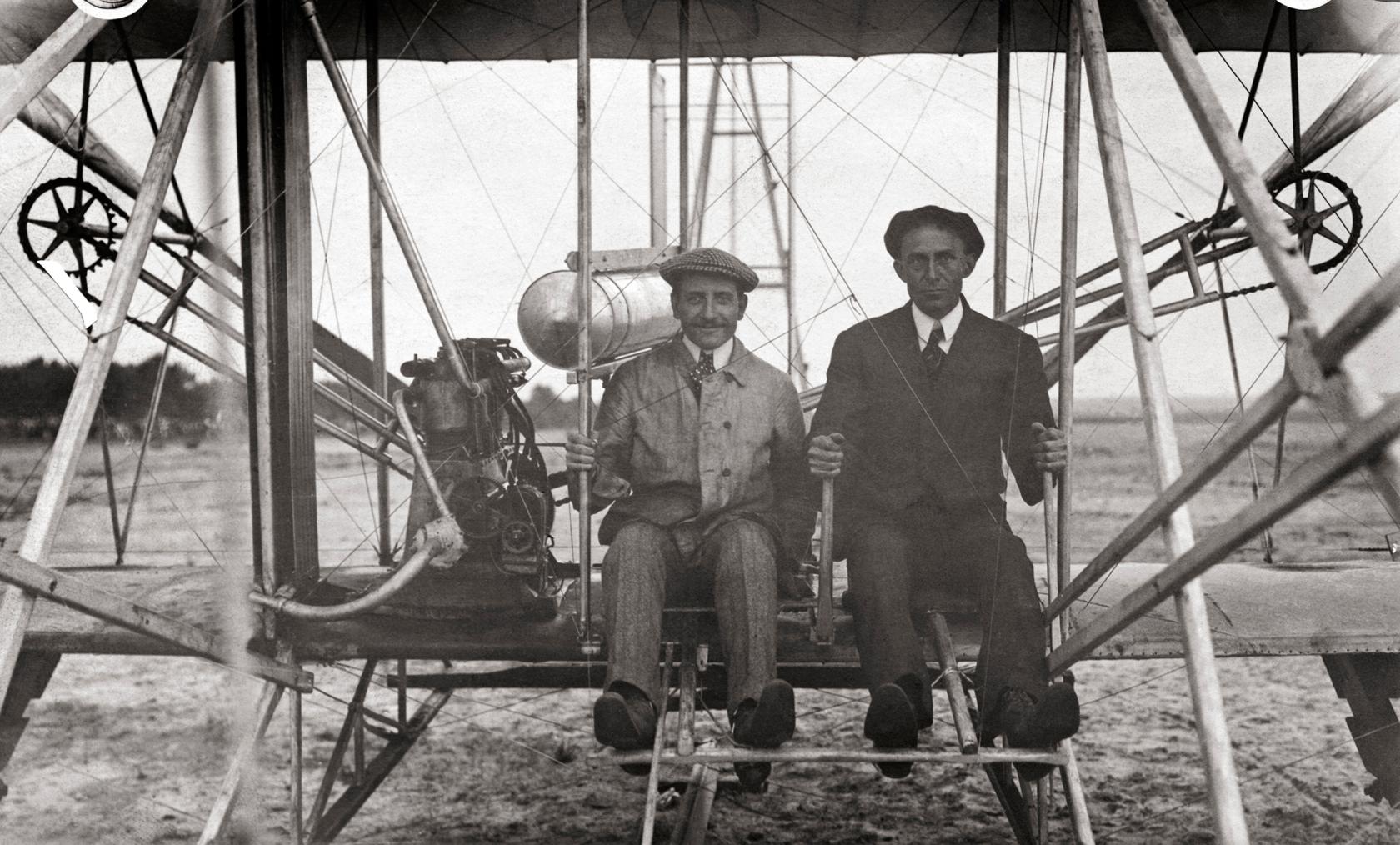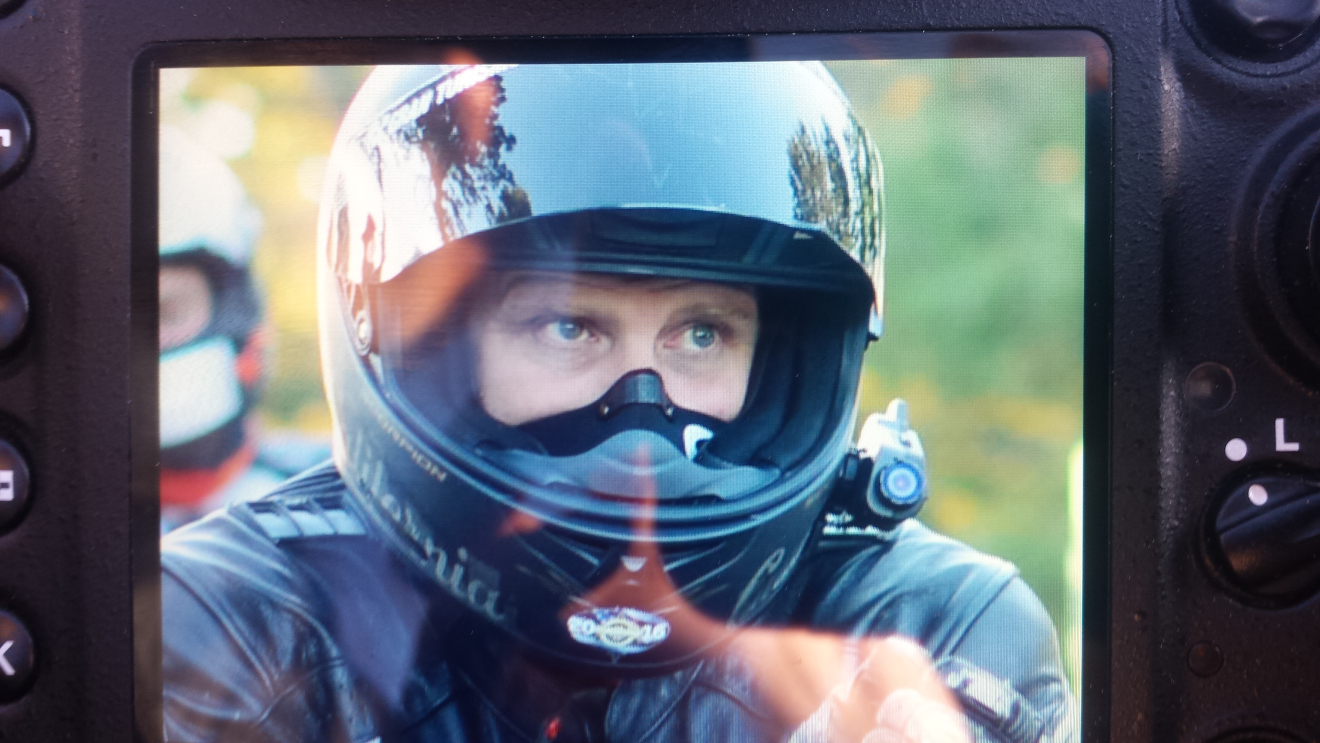Most people who have flown even a few times commercially can remember some part of a flight that had a white-knuckle moment. Usually it is during descent or landing. A crosswind approach is one of the most difficult operations a pilot has to do on a semi-regular basis. Since many passenger aircraft can nearly land themselves with little input from the pilot, the simple art of “hand flying” an airplane can be dulled from lack of regular use. Then, faced with a crosswind too strong for the computers to handle, the ol’ stick-and-rudder skills are called up.
This video shows what 70mph winds look like to a pilot landing in the Netherlands this July. You can easily see the wings bouncing in the gusts even before the pilot begins to see-saw the plane back and forth, fighting against the wind. Avoiding a go-around is important for pilots who don’t want to run up their engines to full power and burn fuel for no reason. They don’t want to miss their gate assignment or connecting flights either. However, they also can’t place an airplane on the ground while skewing sideways in the air to compensate for a cross wind. Damage to the airframe can occur, let alone the possibility of sliding off the runway. Despite the tricky conditions, this crew makes sure the Boeing 777’s rubber parts are the only parts that hit the ground and, despite lack of grace, set down on the centerline with nary a bounce to be seen. Good work:




